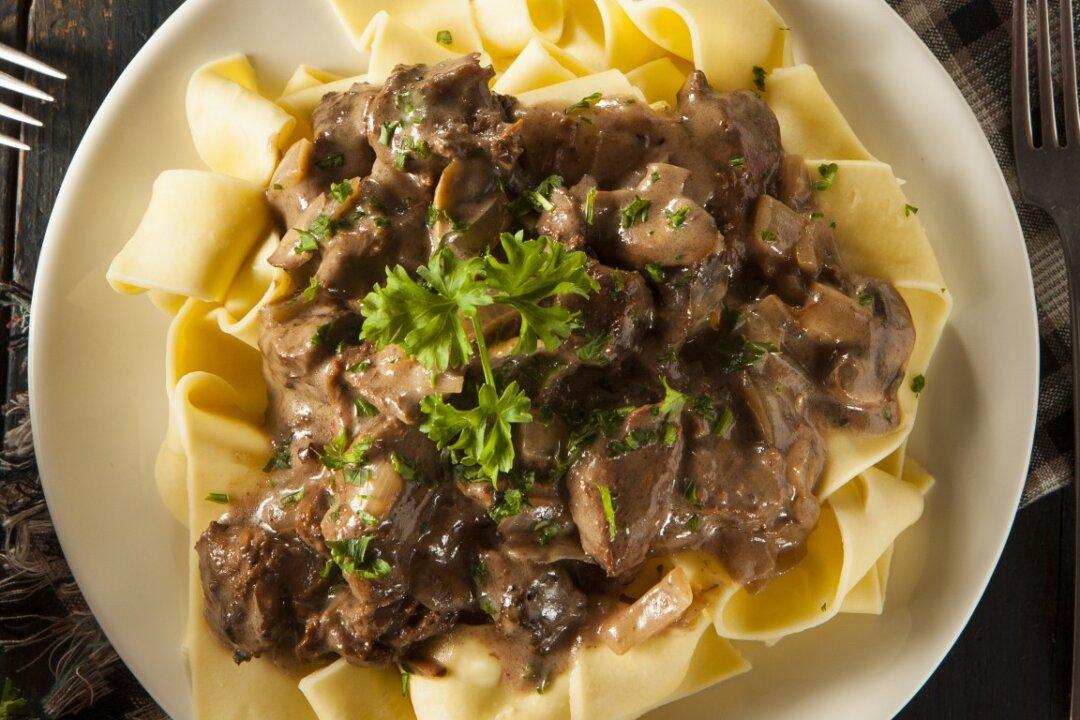Considering its ubiquitous nature at restaurants and in homes throughout North America, it may come as a surprise (or not) that original recipes for this 19th-century Russian dish didn’t include mushrooms or egg noodles. Or even Campbell’s Cream of Mushroom soup. I know, right? Ground beef? Not exactly.
While beef stroganoff and its manifestations have taken on a life of their own, the origins of this hearty meal are interesting—if a bit murky.





